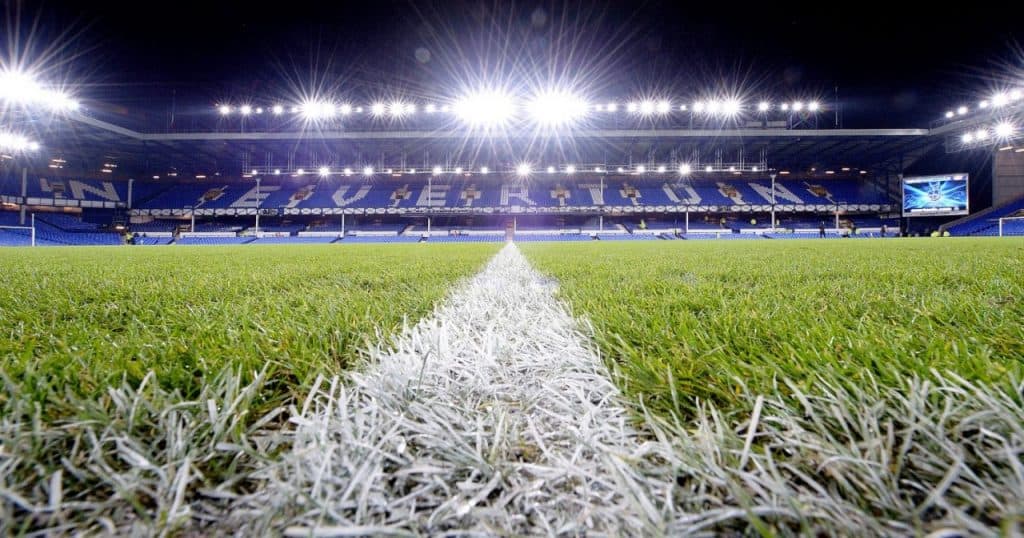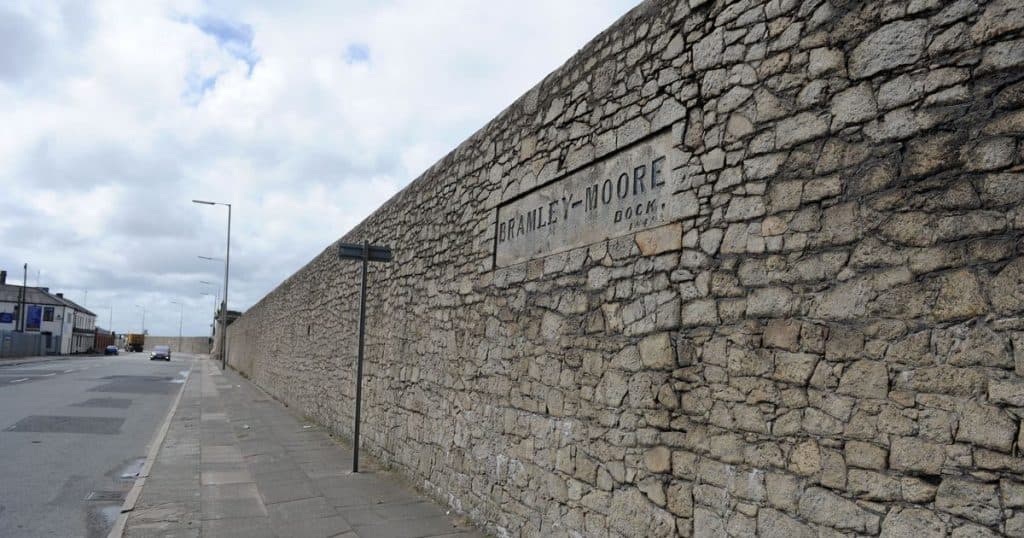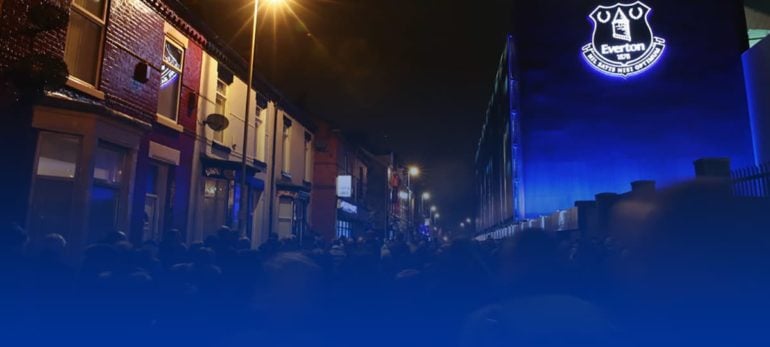The recent opening of Tottenham’s new stadium has for many Evertonians thrown into focus what it will mean for us should, as expected, we leave Goodison for pastures new sometime in the not too distant future.
Some will of course never want to leave. For them, understandably, Goodison is too important, too imbued with personal memories, too special a place to ever give up. And even those who support the move will share similar sentiments. You cannot invest emotionally in a place for years without it coming to mean something very important to you. Goodison is more than a stadium, it is a medium through which we have channeled our love for the club. Leaving it will be easy for no-one.

Change, however small or large, can often be unsettling. But us fans should take comfort from the fact that Everton have form. The club has been here before. Goodison did not emerge from nowhere. However pleasing it might be to imagine it, the ground did not simply appear as some act of divine providence. It was built. And in doing so that building changed what the club was and what it meant to be an Evertonian.
From the perspective of today, it’s clear that moving across Stanley Park did the club immeasurable good. Anfield was a decent home for a club of Everton’s stature at the time. But Goodison was something different, an evolutionary leap in how the game defined a ‘football ground.’
On visiting the stadium in October 1892, the publication ‘Out Of Doors’ wrote: ‘Behold Goodison Park! No single picture could take in the entire scene the ground presents, it is so magnificently large, for it rivals the greater American baseball pitches. On three sides of the field of play there are tall covered stands, and on the fourth side the ground has been so well banked up with thousands of loads of cinders that a complete view of the game can be had from any portion. It appears to be one of the finest and most complete grounds in the kingdom.’
When the stadium was officially opened on the 24 August 1892, so magnificent was it, so beyond the norm, that the city was abuzz. There was a lunch at the Adelphi and then a procession of open carriages to Goodison, where the ground had been opened for all to see. The people came in their tens of thousands to see it. ‘From six p.m the public entrances kept revolving, registering the throngs’ reported Cricket and Football Field’.
The creation of Goodison was indicative of a club that understood the business of football. Almost instinctively, from inception Everton had comprehended that what happened off the pitch was just as important as what happened on it when it came to succeeding within the game. The speed with which the club had transformed from an amateur side playing park football to a professional outfit housed in a stadium capable of holding thousands illustrated this.
It was a shift that had not gone unnoticed when the inaugural Football League was being put together. Better clubs than Everton, clubs that had won more, were bypassed in favour of the men from Anfield. For William McGregor, the architect of that first league, Everton’s capacity to attract and house large crowds, and monetise that demand to produce increasingly competitive sides, was what merited their inclusion.
And what underwrote all of this was the realisation that the bottom line mattered. As the game threw off it’s Corinthian ideals, it was clubs like Everton, clubs who were able to harness and capitalise the swelling interest in the game that surged ahead of rivals.
We have got used over the years, with good cause, to seeing the club as error prone to the point of default when it comes to matters of business. But there was a time when that wasn’t the case. When Everton left Anfield, the club didn’t just build a replica, a comfy reminder of their former home, they built something greater, something magnificent, a huge ‘f**k you’ to those they had left behind. And it was a structure that would power the club forward, ensuring that in the same way that Anfield had helped the club reach the higher reaches of the game, Goodison would ensure that the Everton would stay there for decades to come.
When Goodison opened its doors to its first league game on 3 September 1892, with Everton hosting Nottingham Forest, the club was taking the first step on a path that would see it remain as one of the biggest beasts in the English game for the next century. Goodison, as it grew and adapted would underwrite Everton’s ability to compete and it would remain, right up to the dawn of the Premier League as one of the greatest stadiums in the country.
In recent decades, Goodison’s relative decline has mirrored Everton’s· And behind it all has been a change in how the club has approached the business of football. Somewhere along the way, as football changed with the dawn of the Premier League, Everton forgot what had once made the club so great, the ability to think and act ahead of the rest. The success that we laud from the past was built on that and the absence of success that we have lamented of late has been caused by its absence.

Bramley Moore embodies that spirit of what made Everton great; bold, forward thinking, and through its location, a statement of the club’s intent. In building it and relocating, we are reconnecting to the glorious past and rekindling the fire that once burned so brightly at the heart of the club.
Goodison Park is unquestionably a sacred and revered place. But it’s very existence should illustrate to us how forward thinking our club once was and its relative decline act as a warning to what happens when Everton stop being Everton.


